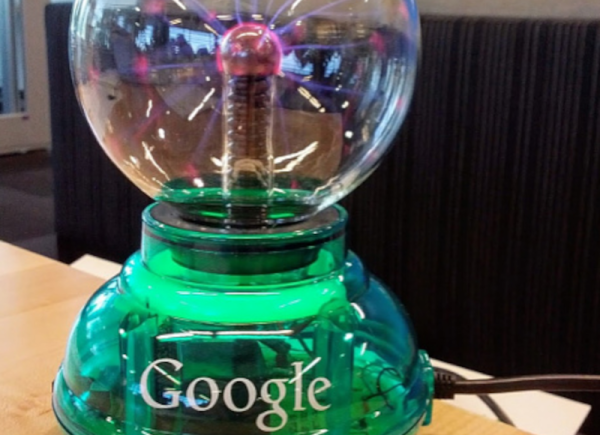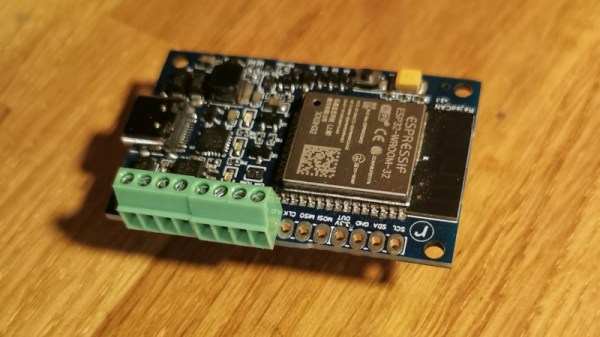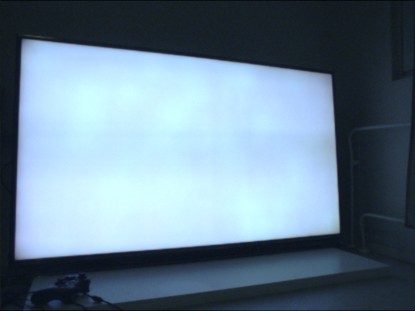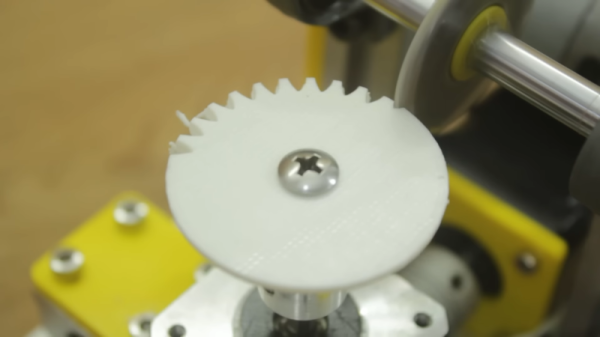Join us on Wednesday, October 12 at noon Pacific for the RF Hacking Hack Chat with Christopher Poore!
On the time scale of technological history, it really wasn’t all that long ago that radio was — well, boring. We’re not talking about the relative entertainment value of the Jack Benny Show or listening to a Brooklyn Dodgers game, but about the fact that for the most part, radio was a one-dimensional medium: what you heard was pretty much all there was to a signal, and radio was rarely used for anything particularly hackable.
Not so today, of course, where anything electronic seems to have at least one radio stuffed into it, and the space around us is filled with a rich soup of fascinating RF signals. For hackers, this is where radio gets interesting — listening in on those signals, exploring their nature, and figuring out how to put them to use are like red meat for most of us.
 Hacking and reverse engineering opportunities abound in the RF realm, but can sometimes be a bit difficult. What’s needed is a framework for pulling those signals out of the ether and putting them into some kind of context. Fortunately, there are plenty of tips and tricks in this space; we talked about one of them, FISSURE, not too long ago. The acronym — “Frequency Independent SDR-Based Signal Understand and Reverse Engineering” — about sums up what this framework is all about. But to bring it into further focus, we’re lucky enough to have Chris Poore, a Senior Reverse Engineer at Assured Information Security, drop by the Hack Chat. We’ll talk about RF reverse engineering in general and FISSURE in particular. Be sure to stop by with your RF hacking and reverse engineering questions and war stories!
Hacking and reverse engineering opportunities abound in the RF realm, but can sometimes be a bit difficult. What’s needed is a framework for pulling those signals out of the ether and putting them into some kind of context. Fortunately, there are plenty of tips and tricks in this space; we talked about one of them, FISSURE, not too long ago. The acronym — “Frequency Independent SDR-Based Signal Understand and Reverse Engineering” — about sums up what this framework is all about. But to bring it into further focus, we’re lucky enough to have Chris Poore, a Senior Reverse Engineer at Assured Information Security, drop by the Hack Chat. We’ll talk about RF reverse engineering in general and FISSURE in particular. Be sure to stop by with your RF hacking and reverse engineering questions and war stories!
Our Hack Chats are live community events in the Hackaday.io Hack Chat group messaging. This week we’ll be sitting down on Wednesday, October 12 at 12:00 PM Pacific time. If time zones have you tied up, we have a handy time zone converter.




















